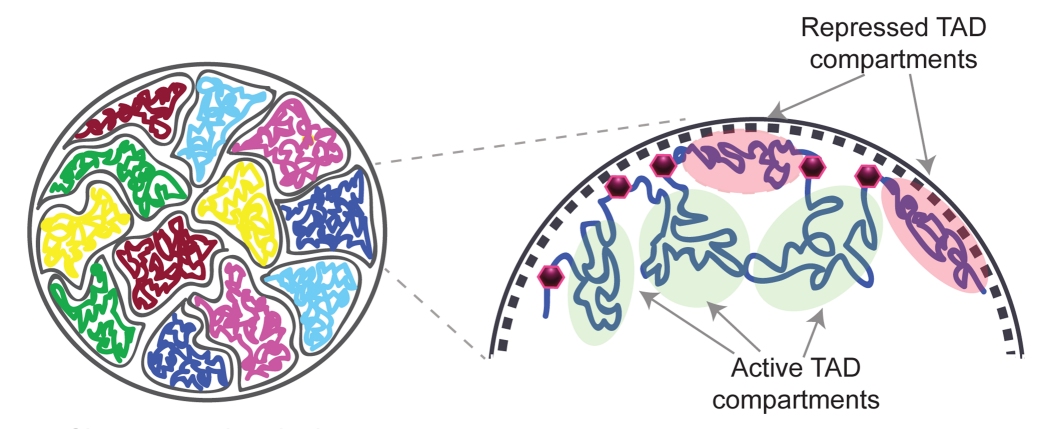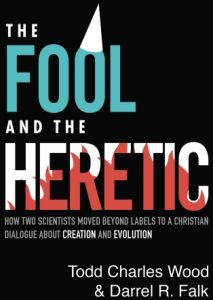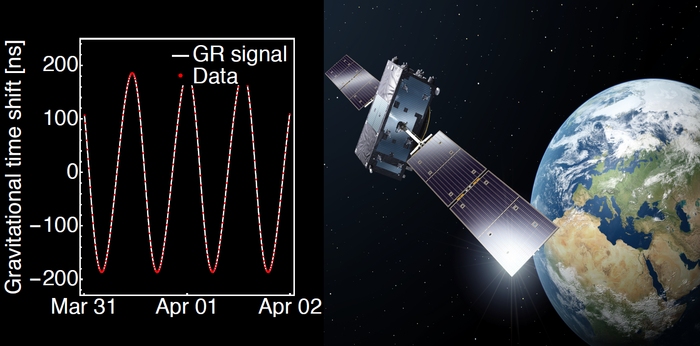
(Image copied from the presentation embedded below)
Mark Armitage and James Solliday at the Dinosaur Soft Tissue Research Institute have been doing some amazing work. On October 5th, Mr. Armitage presented their findings at Lower Columbia College. Apparently, he has not yet received the video of that presentation, so he kindly posted a quick overview of the content. To me, it is astounding:
While everyone should watch all 15 minutes of the presentation, I want to highlight the things that I think are most important.
At 2:29, he shows two images that elicited an audible gasp from me when I first saw them. To understand just how incredible the images are, you need to know that there are one-way valves found in vertebrate veins. This is because the blood pressure in a vein is so low that blood can actually travel backwards. To prevent that, there are delicate, one-way valves throughout the veins. They open when the blood is flowing the correct way, and they close to prevent it flowing backwards. In the left-hand part of the image at the top of the post (copied from the presentation), you see a circle with what looks like a partially-opened tent flap. The circle is the base of the valve, and the “tent flap” is the delicate membrane that opens and closes. In that image, the valve is partly open. On the right-hand side, the valve is fully open.
This is incredible to me, because I have tried to dissect animals and extract these valves. I have never been able to. They are so delicate that I end up destroying them in the dissection process. Now, of course, I am not much of a biologist, and I am even less of an expert at dissection. Nevertheless, my experience with them indicates that they are absurdly delicate. Yet, here they are in a dinosaur fossil! Not only does this give evidence that the fossil is not millions of years old, but it also shows that these are definitely not structures that come from fungi or bacteria which recently invaded the fossil. Bacteria and fungi do not build structures with these delicate, one-way valves! He also presents other evidence that rules out bacterial and fungal contamination.
At 8:22, he shows red blood cells from a fossil that is supposed to be 400 million years old! The cells have the appropriate size and shape for red blood cells. Later on (12:05), he shows a blood vessel from a dinosaur fossil that has not even collapsed! It has an air bubble in it. When he does a stain test to see what is in the blood vessel, the test indicates that there is RNA in the blood vessel!
At 6:47, he shows what appears to be blood clotted in the tissue. He shows how it behaves just like you would expect blood to behave when exposed to polarized light, and he also shows that iron from the blood has not spread into the bone tissue. This is important, because Dr. Mary Schweitzer has proposed that iron might be preserving the soft tissue found in dinosaur bones. There has already been several arguments (see here and here) that seem to invalidate Dr. Schweitzer’s hypothesis, but this observation is the nail in the coffin. Iron can’t be preserving bone tissue if it doesn’t spread into the bone to begin with!
I have said this before and will say it again: It’s a wonderful time to be a young-earth creationist!
NOTE: A commentor made the great suggestion that I post a link if you want to support Mr. Armitage’s research. Here it is:









